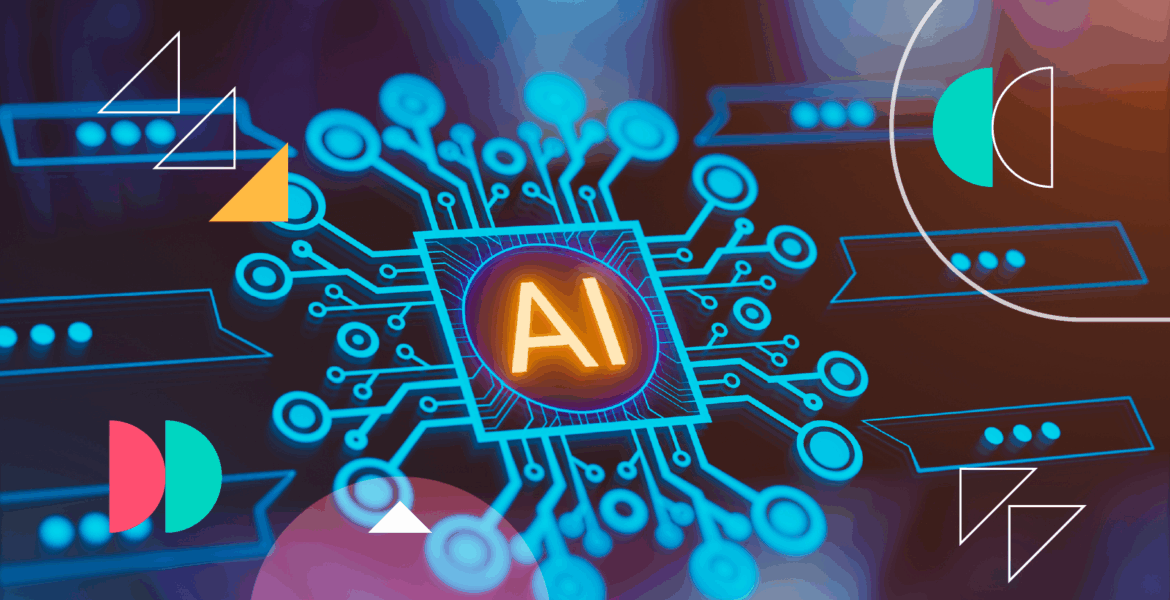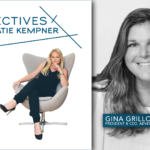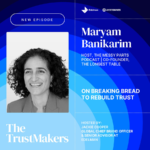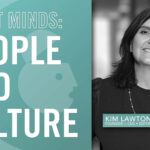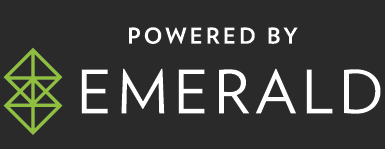By Greg Castro, VP, Global Partnerships, Mobvista
In recent months, executives at some of the world’s most promising companies have issued strong statements about how they expect AI to transform work as we know it. Box CEO Aaron Levie, Shopify CEO Tobias Lütke, and Duolingo CEO Luis von Ahn all released memos that underscored the need for everyday AI use and suggested that AI could potentially replace some of the consultants they worked with.
In Duolingo’s memo, the company stated that it intended to “stop using contractors to do work that AI can handle,” among other directives regarding the use of AI. Von Ahn subsequently walked back some of the work-replacement rhetoric, but the intent behind the announcement is clear.
As companies look to AI for productivity gains and expense reductions, creative agencies are reflecting on their current value propositions and fee structures. Some are going further, adjusting their fee structures to address this challenge. For example, ad holding company WPP, which owns agencies including Ogilvy and Wunderman Thompson, told investors it is moving away from hours-based pricing toward output and return-based pricing models, thanks to AI.
Why the hourly rate is going away
The traditional agency billing model of “time and materials” was typically structured by pay on a blended hourly rate. Agencies were typically paid the same amount regardless of whether a campaign was successful or not.
There are several reasons why agencies have shied away from performance-based pay. For example, they can only control so much of the company value proposition. If a product is substandard or the company’s reputation is in tatters, even the best marketing in the world may not be enough to overcome those issues and drive sales. Another reason is that no one quite agrees on the right attribution models to determine what led to actual sales.
So why is the hourly rate likely to disappear? On a fundamental level, clients believe that many agencies can achieve more with fewer billable hours by leveraging AI. How much time? Every article about every AI platforms will claim a different figure. But let’s just say it’s more than zero.
This is especially true for creative development. Generative AI tools are used by many agencies to create animations, proof-of-concepts, and actual content. Iteration has become the name of the game, but the resources required are much lower.
Change will only accelerate if (or when) the agentic AI era really arrives. AI tools could create near-endless variations of creative work 24/7 without needing human intervention, undercutting the agency model as it stands today.
Ultimately, AI is forcing agencies to confront a simple set of questions. What value are they providing, and what are they really charging for? In truth, billable hours have always punished agencies that work fast and produce value. Advanced AI just creates a new opportunity to find better ways of charging and delivering great work.
An alternative pricing model updated for the AI era
AI will revolutionize how agencies deliver value to clients. One of the most prominent AI use cases is the ability to create thousands of ad creative variations. When creating ad copy and visuals is no longer a manual process, agencies must pivot to drive pricing decisions based on value and outcomes instead.
If advertisers can use AI to create content, traditional agency models of “time and materials” are unlikely to survive. Then, their expertise will be in helping clients understand which of those creatives are expected to perform well and help the models continuously learn to produce better content.
For creative agencies, there’s one novel way to turn these seismic changes into an opportunity: a percentage-of-spend model.
With this model, advertisers don’t pay for creative in advance. Instead, they pay for an ad creative’s success after it has been produced and tested on certain channels. For example, a creative team generates several ads and runs those campaigns. Only two perform well. You pay a percentage of your advertising spend toward those successful creatives, and the poor-performing ads are then far less costly than the great ones. The best-performing ads can also be capped to ensure spend doesn’t get out of control.
Nowadays, the platforms that creative agencies use all have a similar pricing structure, which makes it simple to charge the end advertiser to preserve the agency’s margin without needing to conduct advanced calculations.
Follow the leaders
An AI-driven future creates challenges for agencies, especially when it upends the traditional pricing model. But it doesn’t have to be doom and gloom.
While WPP may be changing its billing structure, the company’s soon-to-depart CEO Mark Read reminds us that AI creates complexity and costs of its own, such as the ability to produce hyper-personalization and an increased volume of work.
“I don’t think it would necessarily be sort of value-destructive or value-destroying. We’ll just enable different pricing models,” Read told investors.
However, in an environment where AI can create endless permutations of creatives, down to a personalized level, agencies that price their services on performance will become much more valuable to clients than those that cling onto antiquated billing structures.

